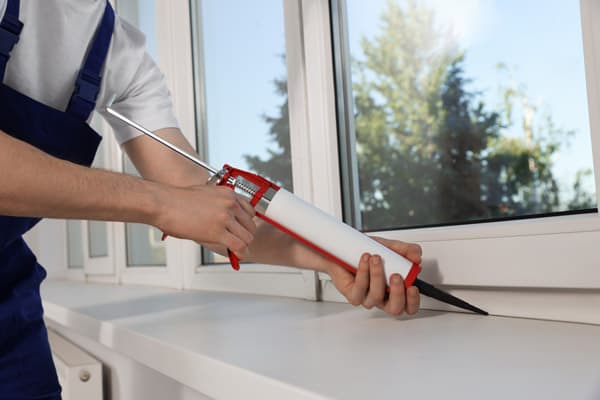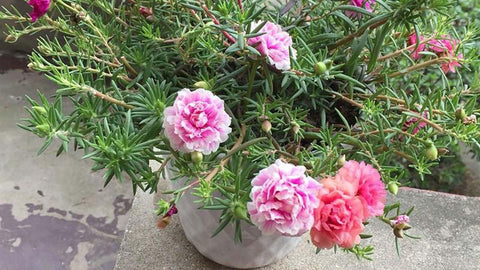How Do You Install A Valve On PVC Pipe?
How to Install a Valve on PVC Pipe
Installing a valve on a PVC pipe is a common task in plumbing and irrigation systems. Valves are used to control the flow of water, air, or other fluids through the pipe network. There are several types of valves that can be used with PVC pipes, including ball valves, gate valves, and check valves. Each type of valve has its own installation requirements and best practices.In this article, we will cover the general steps for installing a valve on a PVC pipe, as well as provide specific instructions for installing some of the most common types of valves.
Tools and Materials Needed
- PVC pipe cutter or hacksaw
- Emery cloth or sandpaper
- PVC primer and cement
- Teflon tape
- Pipe wrenches or pliers
- Bucket or container for catching water
- Rags or paper towels
General Steps for Installing a Valve on PVC Pipe
- Turn off the water supply to the section of pipe where the valve will be installed.
- Cut the PVC pipe to the appropriate length using a PVC pipe cutter or hacksaw. Make sure the cut is straight and perpendicular to the pipe’s axis.
- Sand the ends of the pipe with emery cloth or sandpaper to remove any burrs or rough edges.
- Clean the inside of the valve socket and the outside of the pipe ends with PVC primer. This helps the cement adhere properly.
- Apply a generous amount of PVC cement to the pipe ends and the inside of the valve socket. Insert the pipe into the valve socket, twisting it a quarter turn as you push. Hold for 30 seconds to allow the cement to set.
- Wrap Teflon tape around the valve threads in a clockwise direction, overlapping each wrap by half. This helps create a tighter seal.
- Tighten the valve onto the pipe using pipe wrenches or pliers. Be careful not to overtighten, as this can crack the PVC.
- Turn the water supply back on and check for leaks. If any leaks are found, turn off the water and tighten the valve further.
Installing a Ball Valve on PVC Pipe
Ball valves are one of the most common types of valves used with PVC pipes. They are easy to operate and provide a reliable shut-off. Here are the specific steps for installing a ball valve:
- Follow the general steps above to prepare the pipe and valve.
- Apply PVC primer and cement to the pipe ends and the inside of the ball valve sockets.
- Insert the pipe into the valve sockets, twisting a quarter turn as you push. Hold for 30 seconds to allow the cement to set.
- Wrap Teflon tape around the valve handle threads in a clockwise direction, overlapping each wrap by half.
- Tighten the valve handle onto the valve body using pipe wrenches or pliers.
- Turn the water supply back on and check for leaks. If any leaks are found, turn off the water and tighten the valve further.
Installing a Gate Valve on PVC Pipe
Gate valves are used in high-pressure systems to completely shut off the flow of fluid or gas. They are not suitable for frequent operation, as this can cause damage to the valve seat. Here are the steps for installing a gate valve:
- Follow the general steps above to prepare the pipe and valve.
- Apply PVC primer and cement to the pipe ends and the inside of the gate valve sockets.
- Insert the pipe into the valve sockets, twisting a quarter turn as you push. Hold for 30 seconds to allow the cement to set.
- Wrap Teflon tape around the valve stem threads in a clockwise direction, overlapping each wrap by half.
- Tighten the valve stem onto the valve body using pipe wrenches or pliers.
- Turn the water supply back on and check for leaks. If any leaks are found, turn off the water and tighten the valve further.
Installing a Check Valve on PVC Pipe
Check valves are designed to allow flow in only one direction and prevent backflow. They are commonly used in irrigation systems and water supply lines. Here are the steps for installing a check valve:
- Follow the general steps above to prepare the pipe and valve.
- Apply PVC primer and cement to the pipe ends and the inside of the check valve sockets.
- Insert the pipe into the valve sockets, twisting a quarter turn as you push. Hold for 30 seconds to allow the cement to set.
- Wrap Teflon tape around the valve threads in a clockwise direction, overlapping each wrap by half.
- Tighten the valve onto the pipe using pipe wrenches or pliers.
- Turn the water supply back on and check for leaks. If any leaks are found, turn off the water and tighten the valve further.
Troubleshooting Common Issues
- Leaks at the valve connection:
- Check that the valve is properly aligned with the pipe and that the cement has fully cured.
- Tighten the valve further using pipe wrenches or pliers.
- If the leak persists, turn off the water supply and disassemble the connection. Clean the pipe and valve sockets and reapply primer and cement.
- Difficulty inserting the pipe into the valve socket:
- Make sure the pipe and valve sockets are clean and free of debris.
- Apply a small amount of silicone lubricant or soapy water to the pipe end to help it slide in more easily.
- Do not force the pipe into the socket, as this can damage the valve or the pipe.
- Cracked or damaged pipe:
- If the PVC pipe becomes cracked or damaged during installation, cut out the damaged section and use a coupling to reconnect the two pipe ends.
- Make sure to clean and prepare the pipe ends before making the new connection.
Frequently Asked Questions
- Can I use a ball valve with PEX pipe?
- Yes, you can use a ball valve with PEX pipe. Make sure to use a PEX-specific compression fitting or crimp ring to connect the valve to the pipe.
- Do I need to use Teflon tape on the valve threads?
- Yes, it’s recommended to use Teflon tape on the valve threads to help create a tighter seal and prevent leaks.
- How long does PVC cement take to cure?
- PVC cement typically takes 24 hours to fully cure. However, the joint can usually withstand water pressure after just a few minutes.
- Can I reuse a valve that has been removed?
- Yes, most valves can be reused, but it’s best to inspect them for any damage or wear before reinstalling.
- How do I know if I’ve overtightened the valve?
- If you’ve overtightened the valve, you may see cracks or deformation in the PVC pipe near the valve. If this occurs, turn off the water supply and replace the damaged section of pipe.
| Comparison | Wikipedia/Gov Link |
|---|---|
| PVC pipe | Polyvinyl chloride |
| Ball valve | Ball valve |
| Gate valve | Gate valve |
| Check valve | Check valve |
By following the proper techniques and using the right tools and materials, you can successfully install a valve on a PVC pipe. Remember to always prioritize safety and consult with a professional plumber if you’re unsure about any aspect of the process.



Post Comment